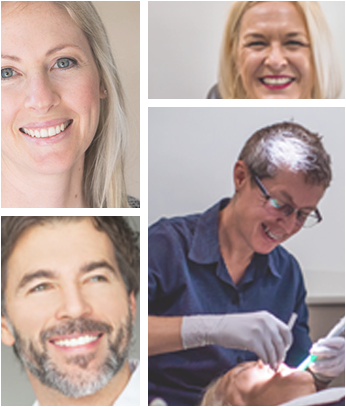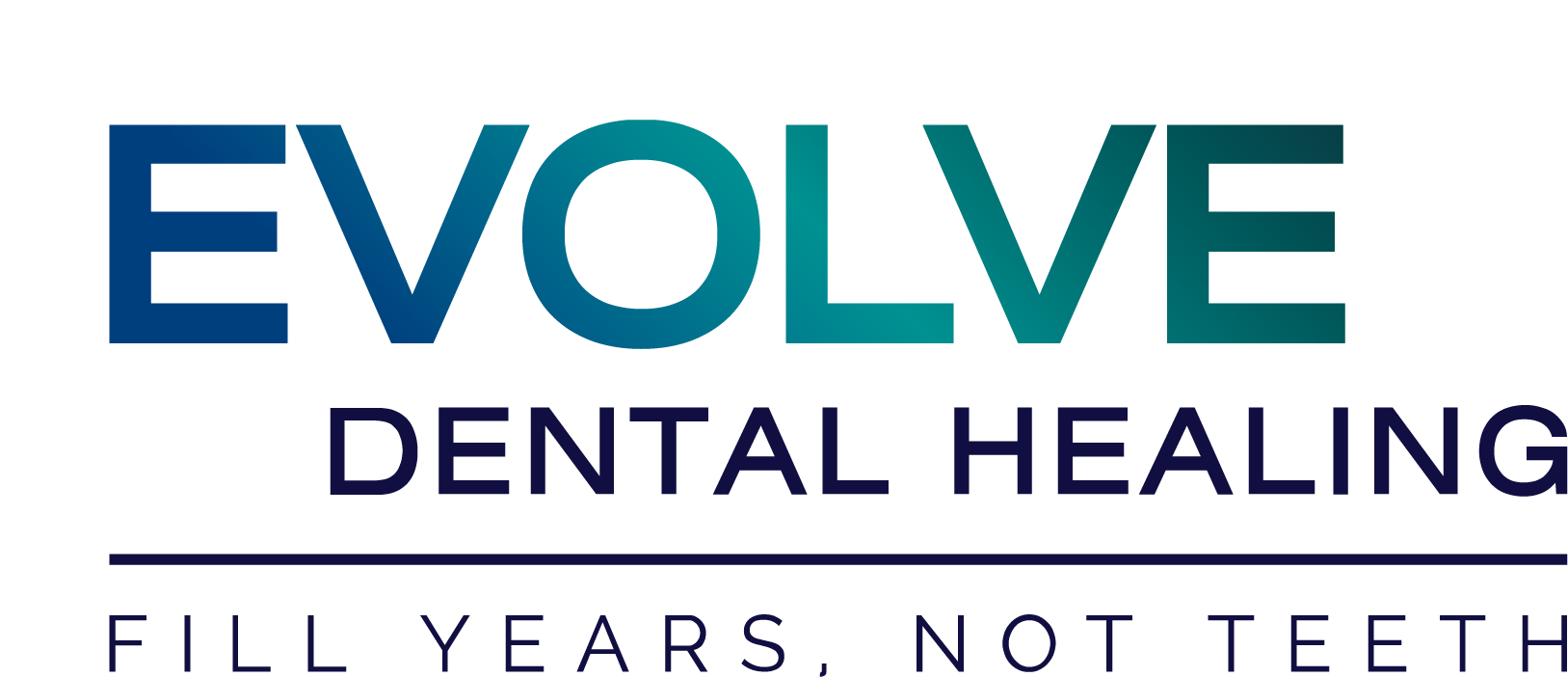TMJ and Airways Part 2 – How We Diagnose and Treat TMJ Dysfunction

In part 1 of TMJ disorders and why you get TMJ pain Dr Rachel Hall Kenmore dentist explained the underlying factors and symptoms. In this blog find out how TMJ disorder gets diagnosed and treated.
How Do We Diagnose TMJ Dysfunction?
Often you go to the dentist and tell them my tooth is painful and they examine it, test take x-rays and tell you everything is fine, no cavities. Yet if they were to open the eyes and look beyond the tooth that hurts and look at the rest of your mouth they would see shiny flat areas on your teeth, wear notches in your teeth near the gumline and stress lines in your enamel. On your x-ray, if they look at the bone between the teeth it can show changes that a classical ib teeth grinding and TMJ sufferers.
Sometimes it much more obvious where the enamel is worn very flat where teeth rub against each other, or there are cracks and fractures in the teeth, broken teeth or broken fillings. Remember enamel is the hardest thing in the human body so to see this kind of damage should ring alarm bells.
Many teeth grinders and clenchers will have worn areas on their teeth near the gumline like little semi-circles, these do not form decay but regularly I see patients who were told they are wearing their teeth away and making their gums recede by brushing too hard which I think is completely wrong. Why are you only wearing the necks of the teeth away and nowhere else if you brush too hard wouldn’t the damage be all over your mouth. The notches are formed by excessive pressure from grinding that is flexing the tooth and breaking the enamel off at its thinnest point where it joins the root of your tooth at the gum level.
These forces are creating a bone loss in your jaw, it damages your gum tissues and leads to loose, mobile teeth. Deep pockets or gaps can form along with your roots allowing bacteria to grow and destroy the bone just like in gum disease.
I am looking for all these signs when I do an examination on any patient whether they have pain or obvious symptoms of TMJ issues or not. I am looking for clues to be able to know precisely what is going on to be able to diagnose, prevent or treat any underlying problems.
I also perform a muscular examination on all my patients at every comprehensive and routine check. When I do this on someone who grinds their teeth I can feel how tight and enlarged the muscles are only with tenderness and discrepancy from one side of the jaw and head to the other. And hence a pattern begins to emerge of telltale signs that make me pay attention.
There is usually a pattern of painful areas in the muscles called trigger points which are bunches of contracted muscle fibres. When you have these trigger points in your head, neck or jaw they send pain to other areas of your body.
If I suspect TMJ or sleep breathing issues I will order a specific X-ray called CBCT’s (Cone Beam Computed Tomography) these special images allow us to see the TMJ joints, your nasal passages, sinuses and throat airways and the cervical spine and your teeth all in one go.
These 3D x-rays plus your medical history and physical exam and sometimes a sleep study (which I’ll talk about another time) help me correctly diagnose your issues and treat them.
Treatments for TMJ Disorders Kenmore Dentist
The good news is we can treat this and repair your faulty bite by creating an even spread of the pressure over all your biting surfaces.
We can reshape teeth, build up teeth, use orthotics and night guards for your jaw that you wear mainly at night or even do orthodontics.
I work with a highly trained team of head and neck physiotherapist and provide orthotics as the first stage of TMJ treatment to balance the bite and decompress the jaw which is a way of removing trauma off the joint. Just like a sprained ankle, your TMJ needs to be able to rest and recover but it never will if you keep traumatizing it, even swallowing is enough to keep the TMJ inflamed.
The orthotics are worn over the teeth and are worn for a period of months under regular review to allow us to treat the muscles and the jaw joint. Once that then needs to address the misaligned bite to prevent relapse and further damage.
I will also advise anti-inflammatory medications or supplements and dietary changes to support healing and reduce inflammation.
Usually after a period of 4-6 weeks, you will know if your orthotic is successful, and actually, this is when the biggest improvements occur in the first few weeks. And often with no drugs or surgery!
So if all this information you think you may have TMJ issues or any signs of clenching and grinding don’t wait until you are in severe pain, having lots of dental issues or getting regular headaches to get your teeth and jaw properly checked over and find out exactly what is going on while it is often simpler and quicker to treat.
Next time I will talk about airway disorders, snoring and sleep apnoea.
Do you suffer from TMJ pain – take the test now
At Evolve Dental Healing, we have a holistic approach to treating TMJ disorders and pain. Dr Rachel Hall has extensively trained in TMJ disorders, sleep and headaches and is able to screen you and neurologically evaluate your condition to detect the source of your problem. We work very closely with allied health practitioners as well as sleep physicians and ENT specialists to provide an effective, lasting solution to your health care problems.
The first step is a comprehensive evaluation and diagnostic studies to see if your symptoms are truly a jaw problem or if they are coming from another part of the body to ensure we have the correct diagnosis.
If you truly have TMJ dysfunction Dr Rachel Hall will provide you with a course of treatment including jaw orthotics that place your jaw in a healing position and lifestyle recommendations to reduce and address systemic inflammation which helps to improve your rate of recovery and healing so you see results faster.
We can also make orthotics that treat sleep apnoea, snoring and sleep breathing disorders.
At Evolve Dental Healing our emphasis is the non-surgical treatment to reduce inflammation of the TMJs and to place the jaw in a position of ease so as to reduce stress on the TMJs to allow the body to repair and heal itself.
To find out and treat the cause of your TMJ and improve your health today, call us to make an appointment on 07 3720 1811.
-
Dr. Rachel Hall
Rachel is the founder and principal dentist at Evolve Dental Healing with over 30 years experience, practising holistically since 2001. Not your typical dentist, Rachel is a passionate opinion leader, challenging convention to empower people to make better dental and health choices, helping thousands to have healthy natural smiles. A respected writer and presenter on holistic dentistry, health and wellness it is Rachel’s mission to revolutionise the way people look at their dental health.
Talk to us for more details and information
CONTACT US
67 Kenmore Road
Kenmore Queensland 4069
Phone: 07 3720 1811
Fax: 07 3720 1899
Email: info@evolvedental.com.au
OPENING HOURS
Monday – Friday: 7:30am – 5:30pm
References and Citations Mercury & Amalgam Fillings




